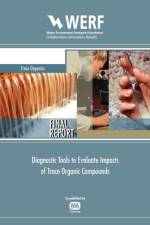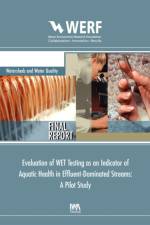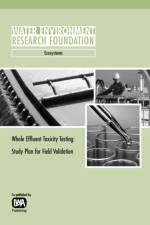av Jerome M. Diamond
2 029,-
With the recent advent of improved analytical and biomarker detection capabilities, a variety of organic chemicals have been found in trace amounts (Trace Organic Chemicals, TOrCs) in surface waters and fish tissue. TOrCs include pharmaceuticals, personal care products, surfactants, pesticides, flame retardants, and other organic chemicals, some with unknown modes of action or effects. Identifying or predicting ecological effects of TOrCs in typical aquatic multi-stressor situations is challenging, requiring a variety of epidemiological tools that together, can diagnose effects at multiple scales of ecological organization. Five objectives were addressed in this research: (1) develop and apply a procedure to prioritize which TOrCs are of most concern; (2) develop and test a conceptual site screening framework; (3) evaluate and test diagnostic approaches to identify potential risks due to TOrCs using various case studies; (4) develop a relational database and user interface with which the water resource community can enter, store, and search TOrC exposure data in the U.S.; and (5) foster partnerships and transfer knowledge gained in this research to the water quality community. TOrC fate, effects, and occurrence data were compiled in a database for over 500 organic chemicals based on over 100 published studies representing more than 50 organizations and 700 sites. Alternative risk-based prioritization processes and draft lists of high priority TOrCs were developed. A preliminary site screening and diagnostic framework was developed and evaluated using seven different case study sites. EPA's causal analysis (stressor identification) procedures, Canada's Environmental Effects Monitoring (EEM) procedure, the ecosystem model CASM (Comprehensive Aquatic System Model), and several other specialized diagnostic tools were used and evaluated. A relational database based on Tetra Tech's EDAS2 was developed using the Microsoft platform. The modified version of EDAS2, built on the EPA WQX data model, provides web-based data queries using a combination of tabular data for downloads and a visual map interface that allows the user to view, query, and select sites from the map having chemical or biological data. The database is not discussed in this report but can be accessed through WERF.This Final Report summarizes all other approaches used and results obtained in this research, discusses critical data gaps and other important uncertainties, and provides testable hypotheses and recommendations for Phase 2 testing and analyses.



